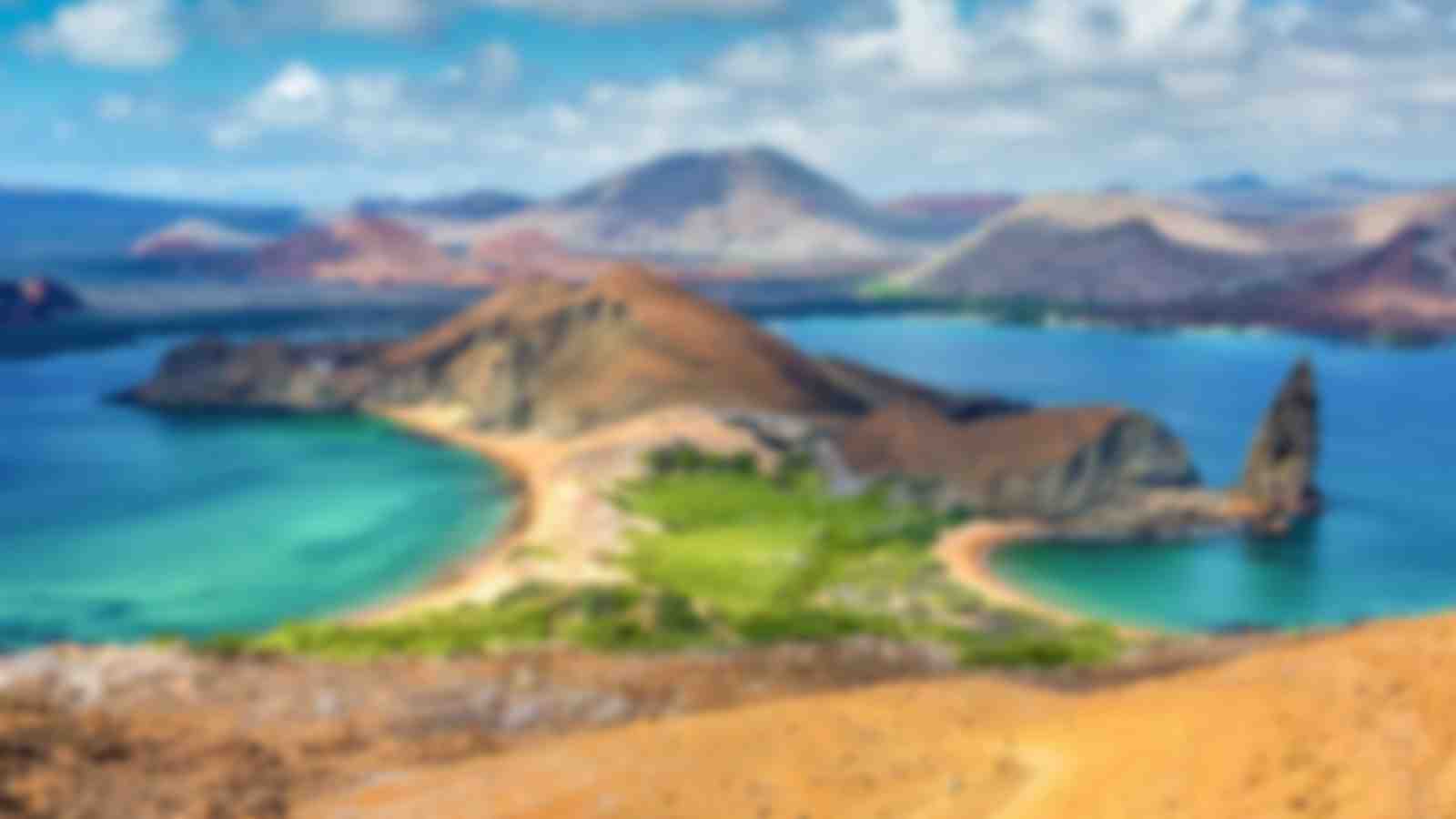
Nortada Itinerary
Nortada Dive - Humbolt Season8 days / 7 nights
About Nortada
- Affordable liveaboard expeditions in the renowned Galapagos Islands
- Enjoy highly-personalised service thanks to low guest numbers
- Well-equipped to accommodate both recreational and technical divers
- Maximum of eight guests on open-cabin trips, 12 on private charters
Nortada is a thoughtfully-refurbished liveaboard offering surprisingly affordable voyages throughout the Galapagos Islands. Accommodating just eight guests on open-cabin trips, this vessel promises an exclusive adventure with highly-personalised service. Nortada’s intimate atmosphere and ability to handle a range of specialised requests also makes it an ideal option for small group charters in the Galapagos. Whether you’re interested in recreational or technical diving, naturalist tours or a private yacht experience, Nortada can make it happen.
Itinerary details
Highlights
- Witness the unparalleled biodiversity that inspired Charles Darwin
- Visit the Charles Darwin Research Station
- Search for whale sharks at the remote Darwin and Wolf Islands
- See endemic penguins, fur seals, marine iguanas and giant tortoises
- Hike the highlands of Santa Cruz to a Galapagos tortoise sanctuary
- Dive with up to 30 different species of shark during one incredible trip!
- Large marine life including manta rays, dolphins and sea lions
Transfer details
Departure
12:30pm
Puerto Ayora
Baltra Airport: GPS
Return
08:00am
Puerto Ayora
Baltra Airport: GPS
What's included
- Meals and snacks
- Water, tea, coffee and juices
- Tanks and weights
- Towels and toiletries
- Snorkeling
- Land excursions
- Night dives
What's not included
- Diving and travel insurance
- National park fee - US$200 per person
- Migratory control card - US$20 per person
Optional Extras
- Single supplement - 100%
- Gratuities
- Alcoholic drinks
- Soft drinks
- Equipment rental - US$300 per person
- Nitrox - US$150 per person
- Transfers
- Domestic flights
Diving environments
Payment & cancellation terms
- For cancellations occurring between 121 and 365 days prior to departure, the 10% of first deposit is held as a cancellation charge.
- For cancellations occurring between 31 and 120 days prior to departure, the first deposit (25%) is held as a cancellation charge.
- No refunds will be issued for cancellations within 30 days of the scheduled trip.
Group bookings - separate payment and cancellation terms may apply.
Contact the ZuBlu travel team if you have any questions about payment terms and cancellation.
75% balance - due 30 days prior to departure.
Bookings received less than 30 days before departure require payment in full to secure reservation.